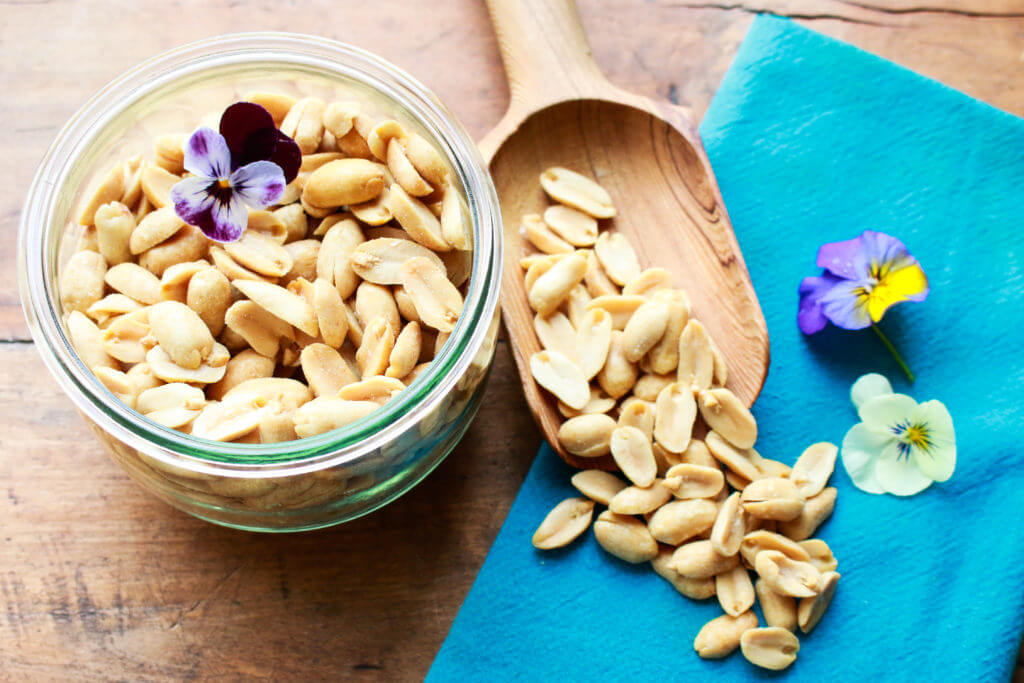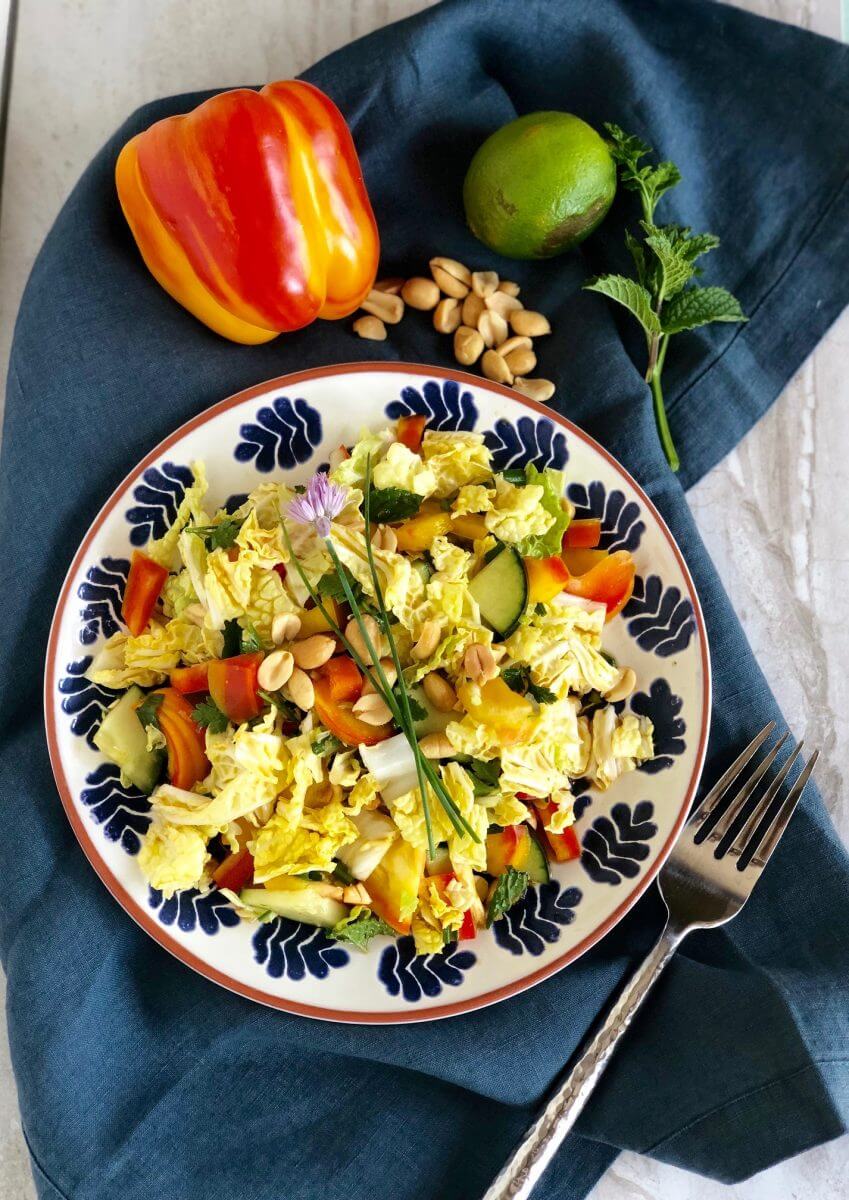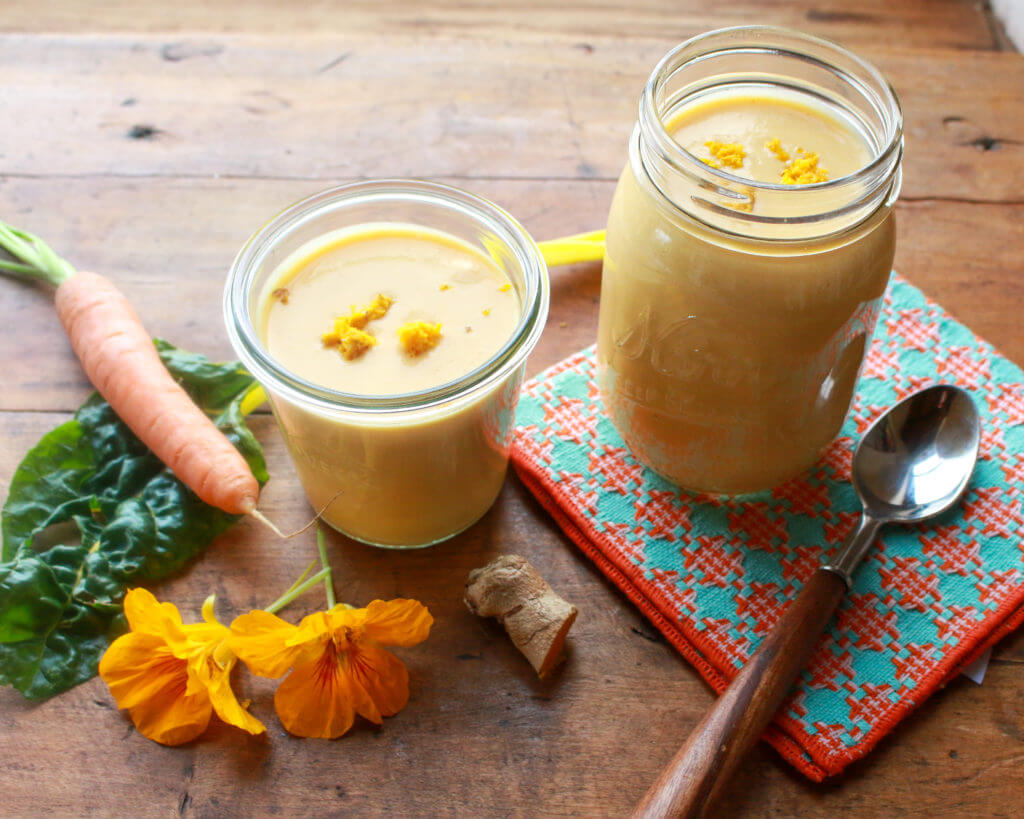Top 5 Ways to Use Peanuts

Peanuts—oh, how we love them at baseball games and on a sandwich with grape jelly. Peanuts may be as American as apple pie, but they have traveled around the world, appearing in many traditional diets. Also known as the groundnut, goober (US), or monkey nut (UK), peanuts have been an important food in civilization for thousands of years. Peanuts are taxonomically classified as Arachis hypogaea, which means “under the earth”. Unlike most nuts, peanut pods (which are actually legumes) develop underground rather than above ground. However, for culinary purposes and in common English language usage, peanuts are usually referred to as nuts.
Originating in South America, peanuts weren’t appreciated until the 1800’s as a commercial crop in North America. Ever since, they have been a popular source of affordable plant-based protein, especially in the form of peanut butter. Learn about how peanuts are grown in my field trip to a Virginia peanut farm here.

Peanuts pack in some serious nutritional power. These tasty legumes are similar in taste and nutritional profile to tree nuts, such as walnuts and almonds. Peanuts contain over 30 essential nutrients and phytonutrients, and are a good source of vitamin E, folate, fiber, protein, and an excellent source of niacin. Not only that, peanuts supply a hefty serving of heart-healthy monounsaturated and polyunsaturated fats; both key components of the Mediterranean diet linking it to a wide array of health benefits, including longevity and reduced risk of heart disease.
Powerful peanuts can also be helpful in achieving your weight loss goals. The combination of healthy plant protein, fat, and fiber make peanuts a satiating food that can help to control appetite and aid in weight management. According to researchers at Harvard and San Diego State Universities, evidence suggests peanuts may aid weight loss.
Top 5 Ways to Use Peanuts
1. Build the Perfect Sandwich. Peanut butter and jelly sandwiches have been a popular option since World War 1, but that is not the only way to enjoy peanuts in a sandwich. You can experiment with sweet, and even savory jams on your peanut butter sammie, swap out the jam for fruit like bananas or sliced apples, or try exotic fillings with peanut butter, such as a Thai baked tofu or tempeh filling with slaw. Yum!

2. Mix it into Noodles. Thanks to its salty, nutty flavor and creamy texture, Asian-inspired noodle dishes taste absolutely divine with peanut sauce. Best part is that you can serve them hot or cold, such as in this easy Soba-noodle dish.

3. Sip it Up. Add peanuts to your shakes and smoothies. Blend a tablespoon or two of peanut butter with some cocoa powder and plant-based milk for a healthy peanut butter cup you can drink!

4. Snack Smart! Add peanuts to snack foods, such as homemade trail mix or granola, or just eat a handful as is. You can also spread peanut butter on whole grain crackers or celery sticks for a satisfying snack.

5. Use it as a Fat Substitute. Fun fact: you can add a 50/50 mix of peanut butter and oil for the suggested margarine amount in most dishes and desserts. It’ll add a hit of delicious peanut butter flavor to whatever you’re baking, plus add powerful nutrients.
Written by Sharon Palmer, MSFS, RDN and Michelle Miller-Burgos, Dietetic Intern
For other guides using plant foods, check out:
Top 5 Ways to Use Sweet Potatoes
Top 5 Ways to Use Chickpeas
Top 5 Ways to Use Pomegranates
Top 5 Ways to Use Dark Chocolate


